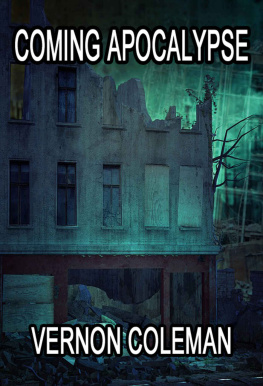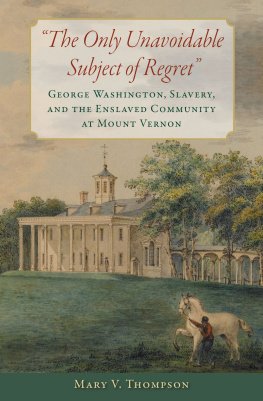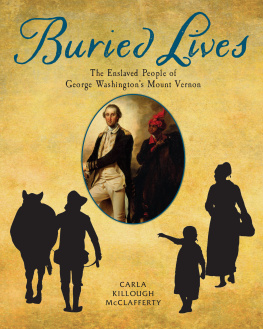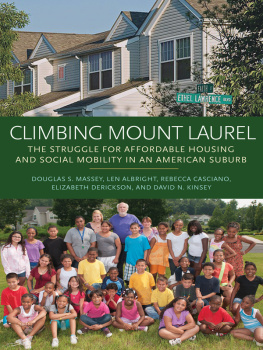Davis Ernest D. - Mount Vernon Revisited
Here you can read online Davis Ernest D. - Mount Vernon Revisited full text of the book (entire story) in english for free. Download pdf and epub, get meaning, cover and reviews about this ebook. City: Mount Vernon (Westchester County;N.Y.);New York (State);Mount Vernon (Westchester County);Westcheste, year: 2014, publisher: Arcadia Publishing, genre: Non-fiction. Description of the work, (preface) as well as reviews are available. Best literature library LitArk.com created for fans of good reading and offers a wide selection of genres:
Romance novel
Science fiction
Adventure
Detective
Science
History
Home and family
Prose
Art
Politics
Computer
Non-fiction
Religion
Business
Children
Humor
Choose a favorite category and find really read worthwhile books. Enjoy immersion in the world of imagination, feel the emotions of the characters or learn something new for yourself, make an fascinating discovery.

- Book:Mount Vernon Revisited
- Author:
- Publisher:Arcadia Publishing
- Genre:
- Year:2014
- City:Mount Vernon (Westchester County;N.Y.);New York (State);Mount Vernon (Westchester County);Westcheste
- Rating:5 / 5
- Favourites:Add to favourites
- Your mark:
- 100
- 1
- 2
- 3
- 4
- 5
Mount Vernon Revisited: summary, description and annotation
We offer to read an annotation, description, summary or preface (depends on what the author of the book "Mount Vernon Revisited" wrote himself). If you haven't found the necessary information about the book — write in the comments, we will try to find it.
Mount Vernon Revisited — read online for free the complete book (whole text) full work
Below is the text of the book, divided by pages. System saving the place of the last page read, allows you to conveniently read the book "Mount Vernon Revisited" online for free, without having to search again every time where you left off. Put a bookmark, and you can go to the page where you finished reading at any time.
Font size:
Interval:
Bookmark:
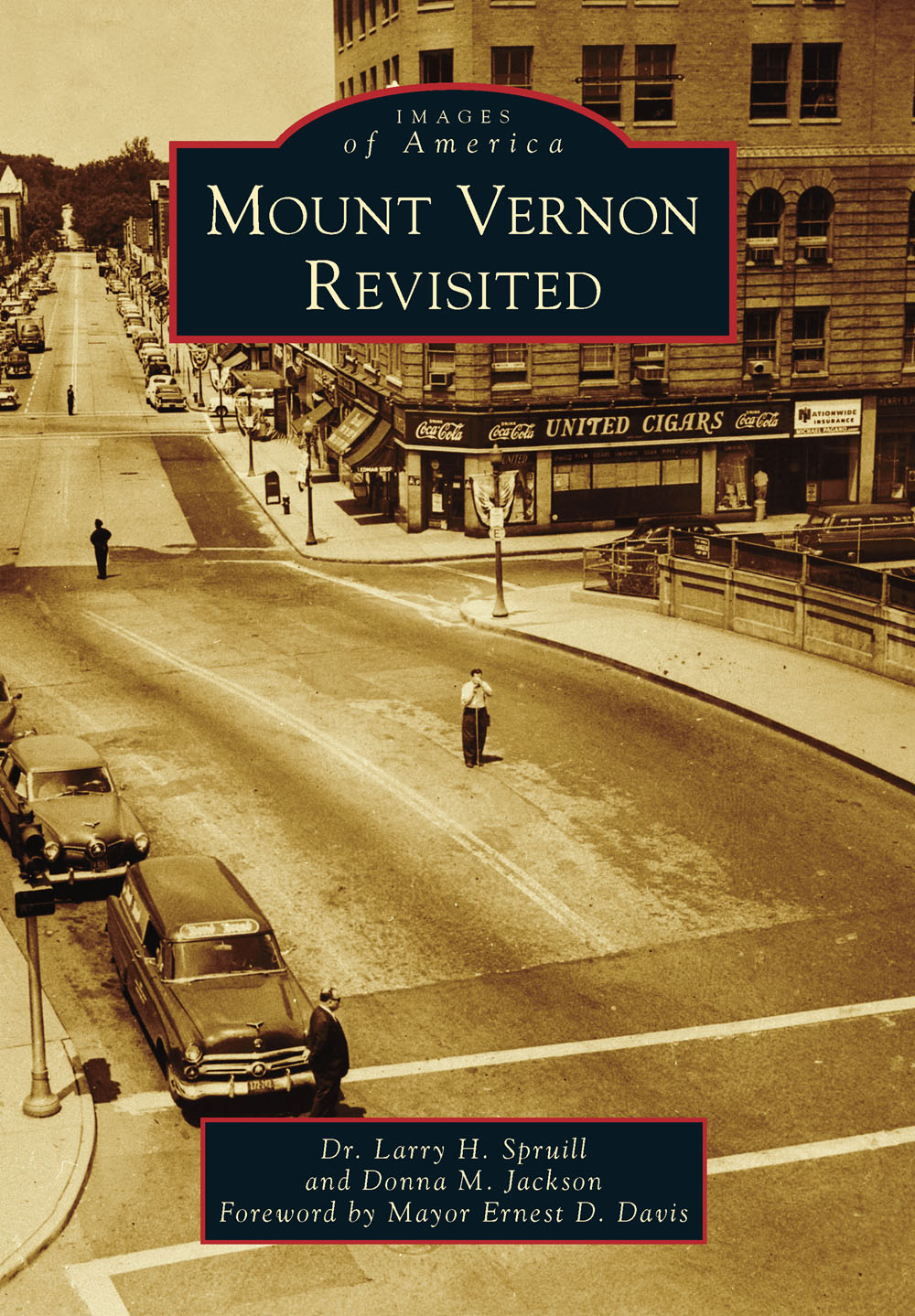
IMAGES
of America
MOUNT VERNON
REVISITED

Over the past 120 years, the greatest hindrance to Mount Vernons social peace and progressive development has been the ill-advised digging out and lowering of the New YorkNew Haven Railroad track from 1892 to 1895. It created a century-long scar stretching along First Street through the heart of the city. Within a decade, the good intentions of the complicated engineering project were recognized as a municipal error destined to change the citys character and image. Mount Vernon has been portrayed as a tale of two cities: the more prosperous and monolithic north side, and an impoverished, urban south side. From 1905 to the present, there have been numerous plans to cover the cut. This 1935 illustration was part of a third wave of unsuccessful plans to build over the tracks. The cut remains a major obstacle to Mount Vernon redevelopment. It is at the center of the citys hope for redesign and reconstruction by the time of the 2053 bicentennial. (Courtesy of the Mount Vernon Public Library, Virginia McClellan Moskowitz Local History Room.)
ON THE COVER: This north-facing 1949 photograph looks over the New YorkNew Haven Railroad tracks from South Fourth Avenue and First Street. It illustrates the 25-year transformation of the strip, from the congestion of trolley cars and automobiles and the clutter of power and telephone lines to this pristine setting. It represents a mid-century revival and reclamation of the new suburban Mount Vernon. As the city approached the 1953 centennial celebration, storefronts were modernized, streets were widened and repaved, and poles and wires were removed. The Lucas Building (top right), at the northeast corner of Fiske Place and Gramatan Avenue, once served as city hall. (Courtesy of the Mount Vernon Public Library, Virginia McClellan Moskowitz Local History Room.)
IMAGES
of America
MOUNT VERNON
REVISITED
Dr. Larry H. Spruill
and Donna M. Jackson
Foreword by Mayor Ernest D. Davis

Copyright 2014 by Dr. Larry H. Spruill
ISBN 978-1-4671-2184-2
Ebook ISBN 9781439647264
Published by Arcadia Publishing
Charleston, South Carolina
Library of Congress Control Number: 2013952755
For all general information, please contact Arcadia Publishing:
Telephone 843-853-2070
Fax 843-853-0044
E-mail
For customer service and orders:
Toll-Free 1-888-313-2665
Visit us on the Internet at www.arcadiapublishing.com
To our parents, Leamon and Wealtha Spruill and Henry and Georgia May, who planted the seeds of historical curiosity and community-based intellectual activism in our lives while encouraging us to pursue public history without certainty of material reward.
CONTENTS
FOREWORD
My architectural and planning background allows for an intense appreciation of the efforts of our citys founder, John Stevens. Out of Eastchester farms and forests, he crafted one of the first planned communities in the United States. His achievements over 150 years ago reverberate, exciting my passions. At the midpoint of my fourth term, I remain a steadfast believer that the ingredients that guided our past have blazed a path to the future.
A strategically located small city, Mount Vernon embraces the new millennium with renewed energy, embarking on an achievable, common vision. In 40 years, we will celebrate the citys bicentennial. What kind of city will Mount Vernon be? What shape will its character and aesthetics take? Will our city continue to be livable and affordable? These questions are at the heart of our aspirations to leave a meaningful legacy for our great-grandchildren and future residents.
In a rapidly changing Mount Vernon, the past provides a reliable lens, dependable evidence of where we have been, and a clear guide toward community prosperity and peace. Our heritage indicates how much we have achieved and what remains to be done.
Cities are about communityand people. Within that community are social organizations experiencing natural ebbs and flows. Mount Vernon is no exception; we have within our history a dynamic stream of events and personalities that have helped to shape our course.
Though our city is only 160 years old, it began as one of the first American communities explicitly planned and designed to enable middle- and working-class people to have an affordable home of their own. Today, we are a blended small city with four square miles of multicultural, middle-class neighborhoods. We are not exempt from the realities plaguing cities across the nation. Sectors of our community are plagued with difficult, entrenched urban problems.
Mount Vernon Revisited is unique and encouraging, because it offers our 70,000 residents an opportunity to initiate a needed conversation about how those who came before us responded to controversial and challenging times. It provides a common ground for the development of civil discussions, mutual understanding, and planning among an uncommon people. This book dares us to look beyond the urban crisis and to collectively pursue a progressive direction for the balance of this century.
Mount Vernon cannot simply adopt the developmental traits of neighboring cities. As the authors reveal, we have our own path. Mount Vernons future is connected to the creation of a new model of urban and suburban development that combines the power of diversity with the middle-class values and dreams of its 19th-century founders.
Like John Stevens, I have been committed to laying new structural foundations for the city. Mount Vernon Revisited is confirmation of my Stevensesque 21st-century vision. The book shares a compelling view of what is possible if we are innovative, courageous, and united. This publication visualizes a municipal process of what happens when cities are committed to community planning that recognizes the importance of allowing its past to inform its present while planning for the future.
I am grateful to our city historians, who have initiated this timely discussion in this important publication. There comes a time in the life of every city to see where it has been, where it is now, and, especially, what it might look like in a half century. Dr. Larry Spruill and Donna Jackson have provided such a moment.
As I continue to propose new directions for our city, I encourage residents and those interested in the future to read Mount Vernon Revisited, an introspective tool on the citys past and future.
Ernest D. Davis
Mayor, Mount Vernon, New York
ACKNOWLEDGMENTS
Mount Vernon Revisited could not have been possible without the collaboration of the Mount Vernon Public Library and the staff at the Virginia McClellan Moskowitz Local History Room. This project is indebted to the citys Paul Caramuto photographic print collection, the negatives and prints from the Rufus Merritt Studios, and the archives of the Westchester Observer weekly newspaper. We are grateful for the generous assistance of Katie Hite and Patrick Rafferty of the Westchester County Historical Society (WCHS) and appreciate the resources, suggestions, and encouragement from Dr. David Osborn of St. Pauls Church National Historic Site. Their guidance and access to public and private archives and photographs was most helpful. We would like to thank William Billy Thomas for his pictures from the Mount Vernon Boys & Girls Club; William Branca for permission to use photographs from the Branca family archive; the late Ruth Levister for her unique family images; the archivists at Grace Baptist Church, Unity Baptist Church, and Centennial AMEZ Church; William Sullivan for use of images in the AC-BAW Center for the Arts permanent collection; and, finally, contributions from the Mount Vernon Planning Department. We especially appreciate Rebekah Collinsworth, Arcadia project editor, for recommending a second volume of
Next pageFont size:
Interval:
Bookmark:
Similar books «Mount Vernon Revisited»
Look at similar books to Mount Vernon Revisited. We have selected literature similar in name and meaning in the hope of providing readers with more options to find new, interesting, not yet read works.
Discussion, reviews of the book Mount Vernon Revisited and just readers' own opinions. Leave your comments, write what you think about the work, its meaning or the main characters. Specify what exactly you liked and what you didn't like, and why you think so.






